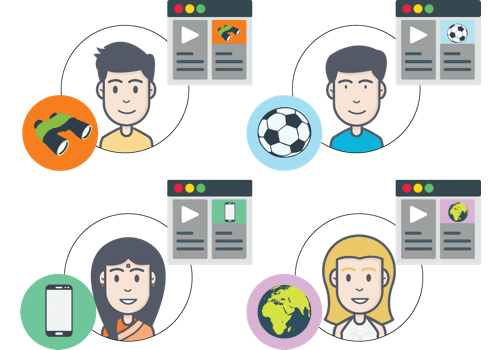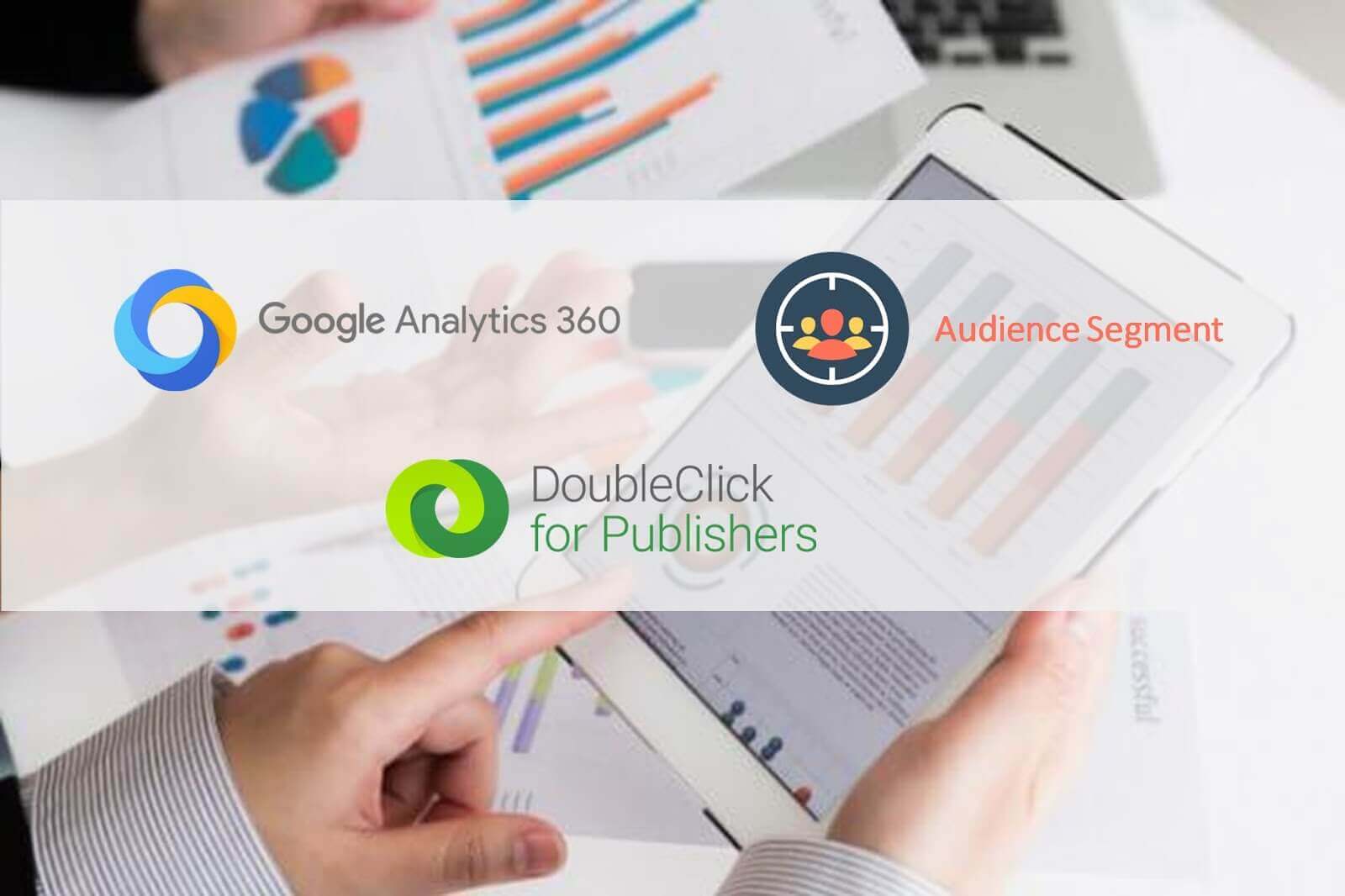Majority of leading digital publishers are having a hard time identifying & capturing the interests of their audience while also retaining them through various touch points – the most important ones being Optimized Ad Serves. Our previous blog on DoubleClick For Publishers (DFP) discussed ways to create audience segment and exporting it to DFP.
In this blog we shall discover different ways to optimize ad serves through DFP Ads by targeting high intent users on digital platform based on their affinity and interaction with specific type of content. This gives space to publishers for optimizing it in a personalized manner. Targeted audiences yield benefits by increasing the revenue or by narrowing the cost to publishers. This is best achieved by blending tools like Google Analytics 360 and Doubleclick For Publishers.
Standard Audience vs Customized Audience
Standard Audience: These are the set of audiences who are available with us or who are visiting our website. For this audience you have no further information. For this audience you have no further information. There is a lack of information about their interests or geographical location, or even the content they consume.

Customized Audience: These audiences shares some similar traits. Like, similarity in browsing location, device, and skewed interests in particular set information. For example, interests in insurance related news, or crime news based, etc. reflects on their behavioral attributes . This audience represents a uniform group or segment sharing similar characteristics.

Why Customized Audience is so Much More Effective Than the Standard Audience?
Every advertiser is looking for their own users’ behavioral pattern. This is because every company is now focused towards personalized Ads instead of showing generic Ads to the mass audiences. To do such personalized targeting, we need audience’s personal attributes. This includes age group, gender, etc. which will fetch us more information about their behavior.
Publishers may fail to generate the expected revenue when the Ads are too generic for large mass of audiences. To avoid this, you can identify user’s interest to target only relevant Ads. This results in high probability of conversion and thereby witness increment in revenue. Below are a few examples of different types of audience segments that you can define and take into consideration.
Types of Audience Segments:
- Video Consuming Users: Users who consume video content more than textual content on the website
- Cross Content Viewers: Users who are reading more than one type of content
- Peak time: Users who are heavily engaged at a particular time on website
- High end users: Users who have an affinity toward premium gadgets or luxury products. For ex. Users who are currently using high-end smartphones like Apple X or Google Pixel 2.
Use Cases to understand the benefits of audience segmentation to optimize ad serve using DoubleClick for Publishers
Two of our digital publishing clients from the leading news and media companies in India, had been facing an issue in optimizing ads serves cost vs. revenue through their ads serving. Also there was a need to reduce the advertiser expenditure which was keeping them from achieving their desired results.
-
Increase in Impressions:
Problem faced: Our publisher client had large sets of audiences visiting from the mobile site as opposed to their desktop site. The digital publisher also had their ad serving strategy in place to target the cohort of their high end users. But, it failed to create value for a defined set of critical DFP business metrics.
Solution: After understanding their problem, our team identified various audience segments from the historical data. We discovered that majority of users were high-end smartphone users like iPhone or Google Pixel. Majority of the user engagement occurred during a particular time of the day, between 1:00PM to 5:00PM. This analysis helped them to channelize their marketing efforts to the right set of audience.
The above use case is based on analyzing the audience behavior and their interests. Such analysis on past events help us to identify the user requirements. This results into a subset of audience segments that are actually interested and hold a higher potential to convert as compared to others.
Result: Sudden rise in impressions of the ads by 2.5X as compared to the previous month.
-
Personalized targeting:

Problem faced: Our other digital media clients was struggling with serving relevant ads to different sets of users. The key parameters of this ad serving strategy needed to consider the users’ demographics, interests and affinities. Being a data driven company, their vision was to drive actionable insights based on the first party audience and to also create a better engagement by serving personalized ads.
Solution: After having analyzed the user behavior, we discovered that a majority of the client’s users were from an Indian metro city from a particular source, Facebook. First, these set of users were searching for a topic under entertainment and were then engaging in related discussions on Facebook. We categorized them as high intending users. Later, we segmented those users as interested in entertainment and coming from metro cities i.e. our required audience. Now, to derive the set of audience to be targeted, we separated the said cohort from the publisher client’s universal audience.
Result: 1.5X increase in click through rate within 1 month
Concluding Thoughts:
Using the focused audience segmentation based on user behavior by Google Analytics 360, you can create a segmented audience and then export it to DFP. You can then use it for an optimize ad serve strategy.
Are you a digital publisher on the lookout for consultation to create a highly effective segmented audience to optimize ad serve? Tell us about it and we’ll help you out.
In case of any queries or doubts, please leave a comment below, and our team will get back to you with a quick solution.



